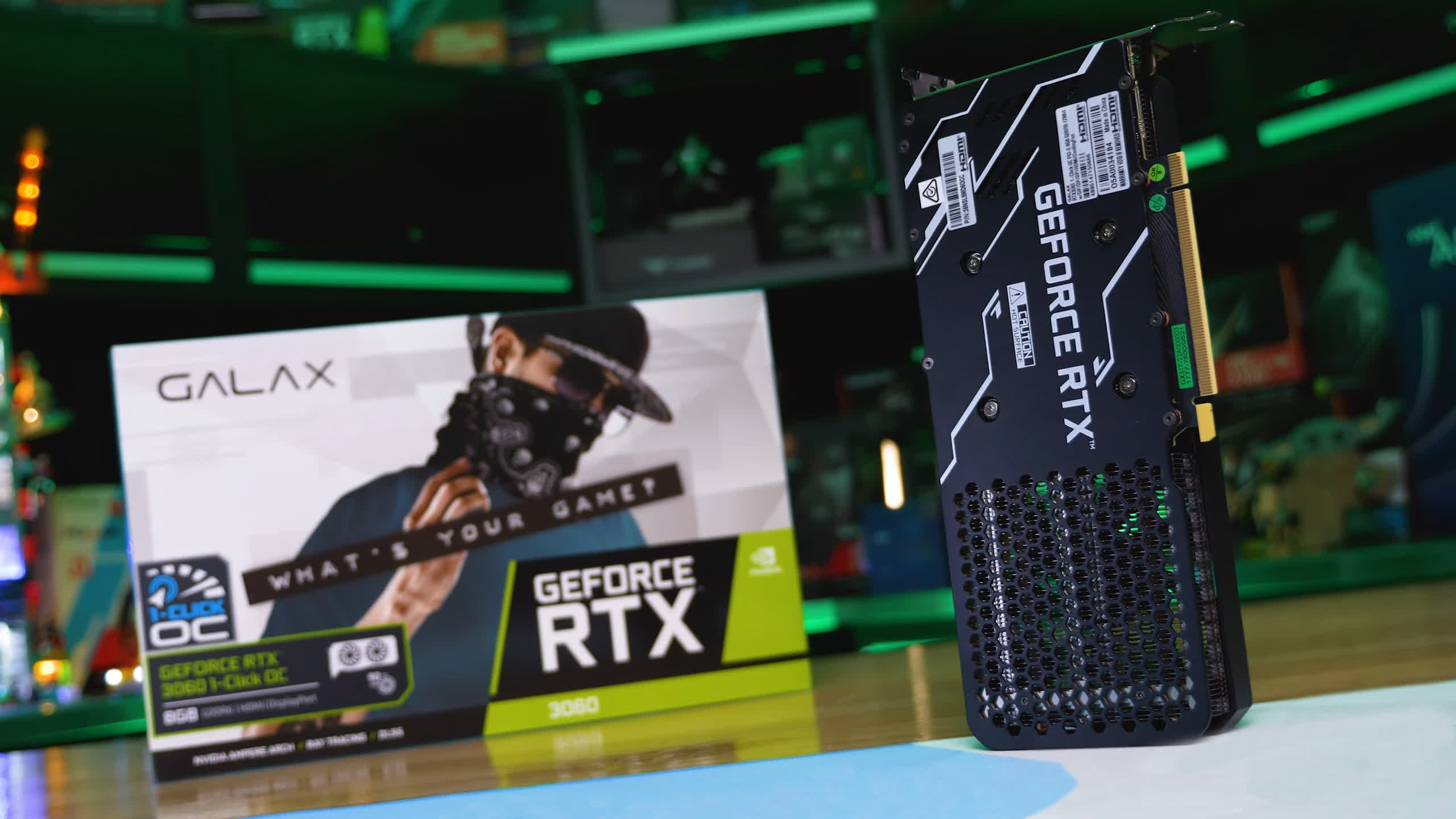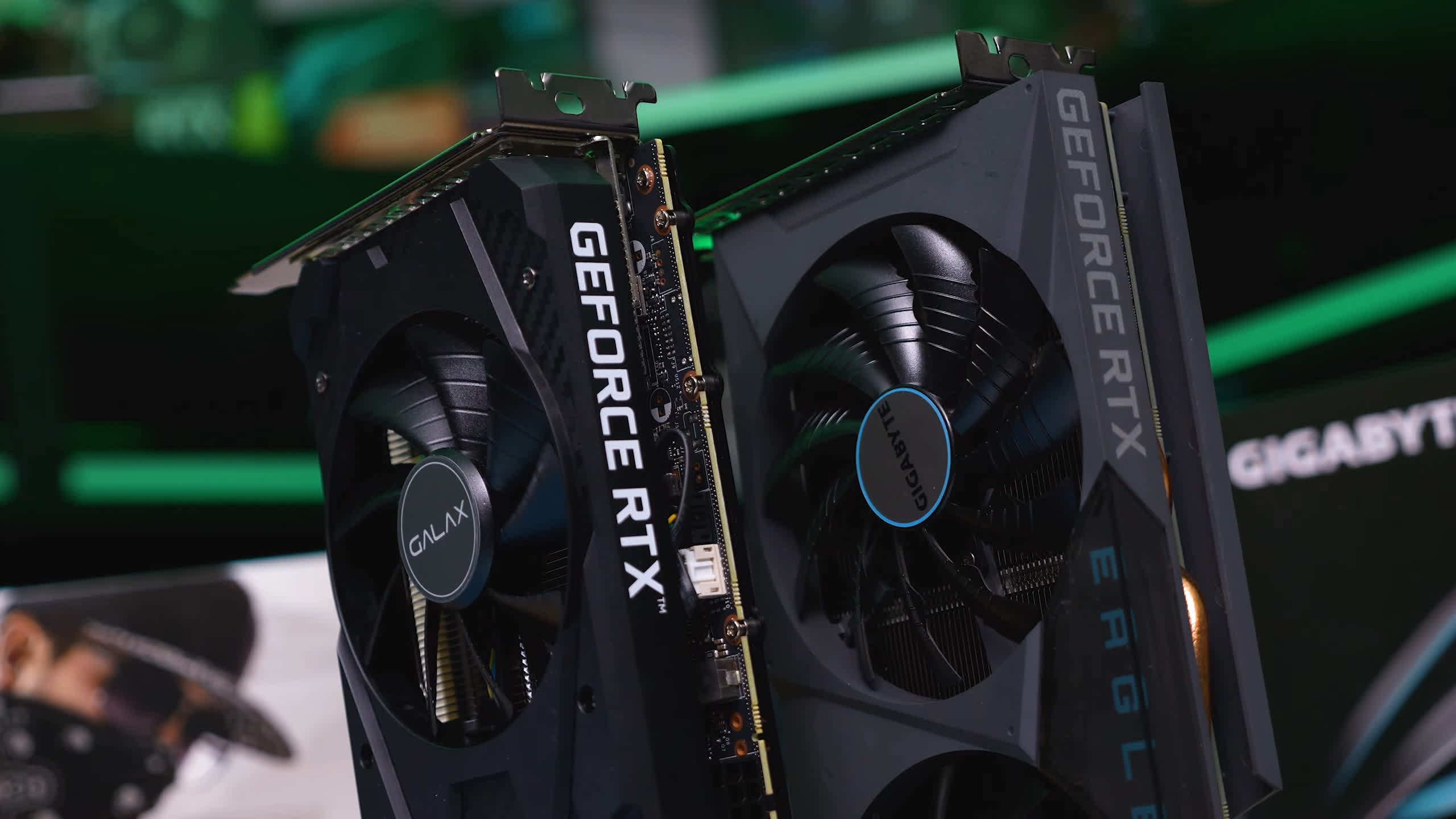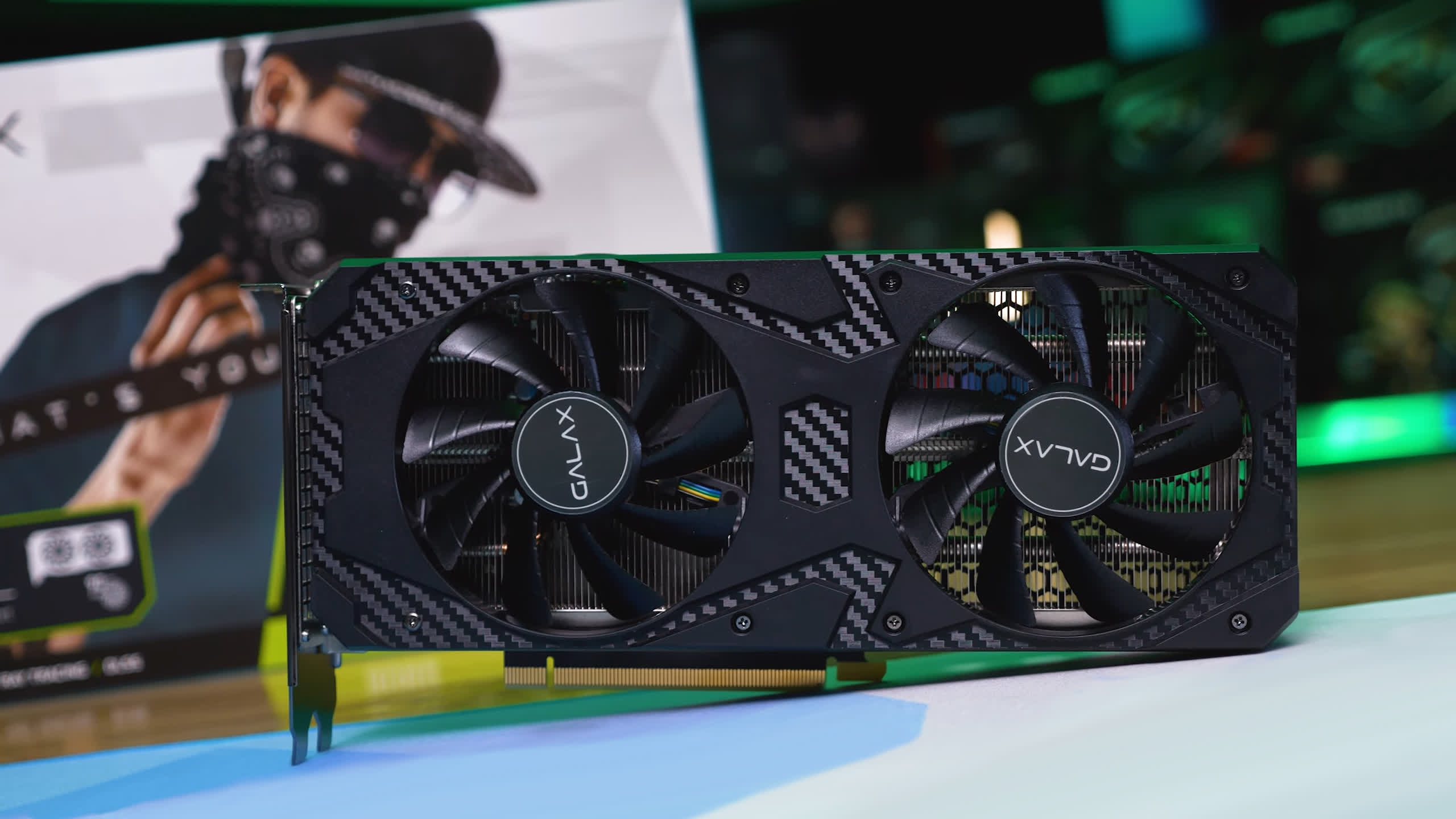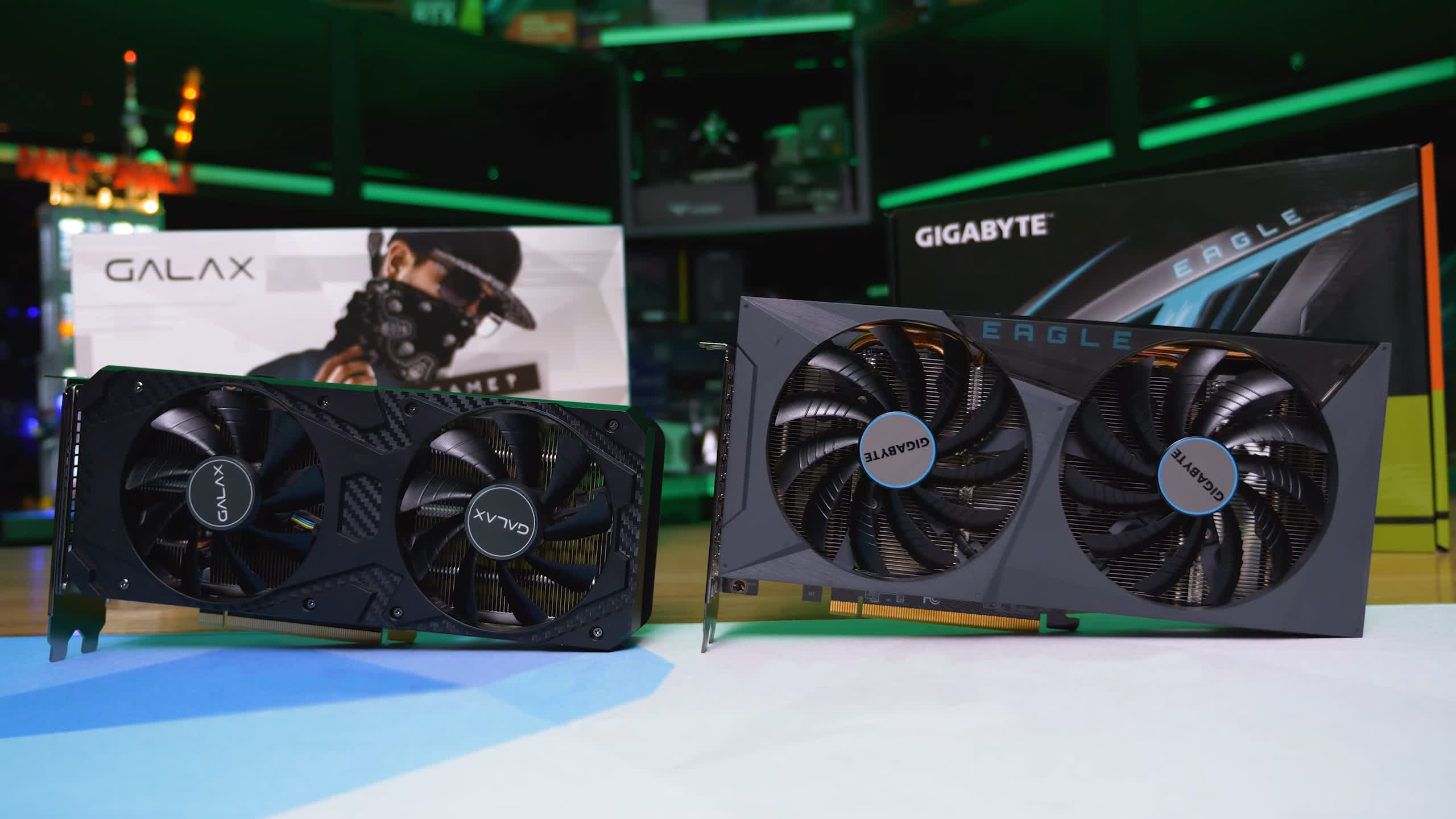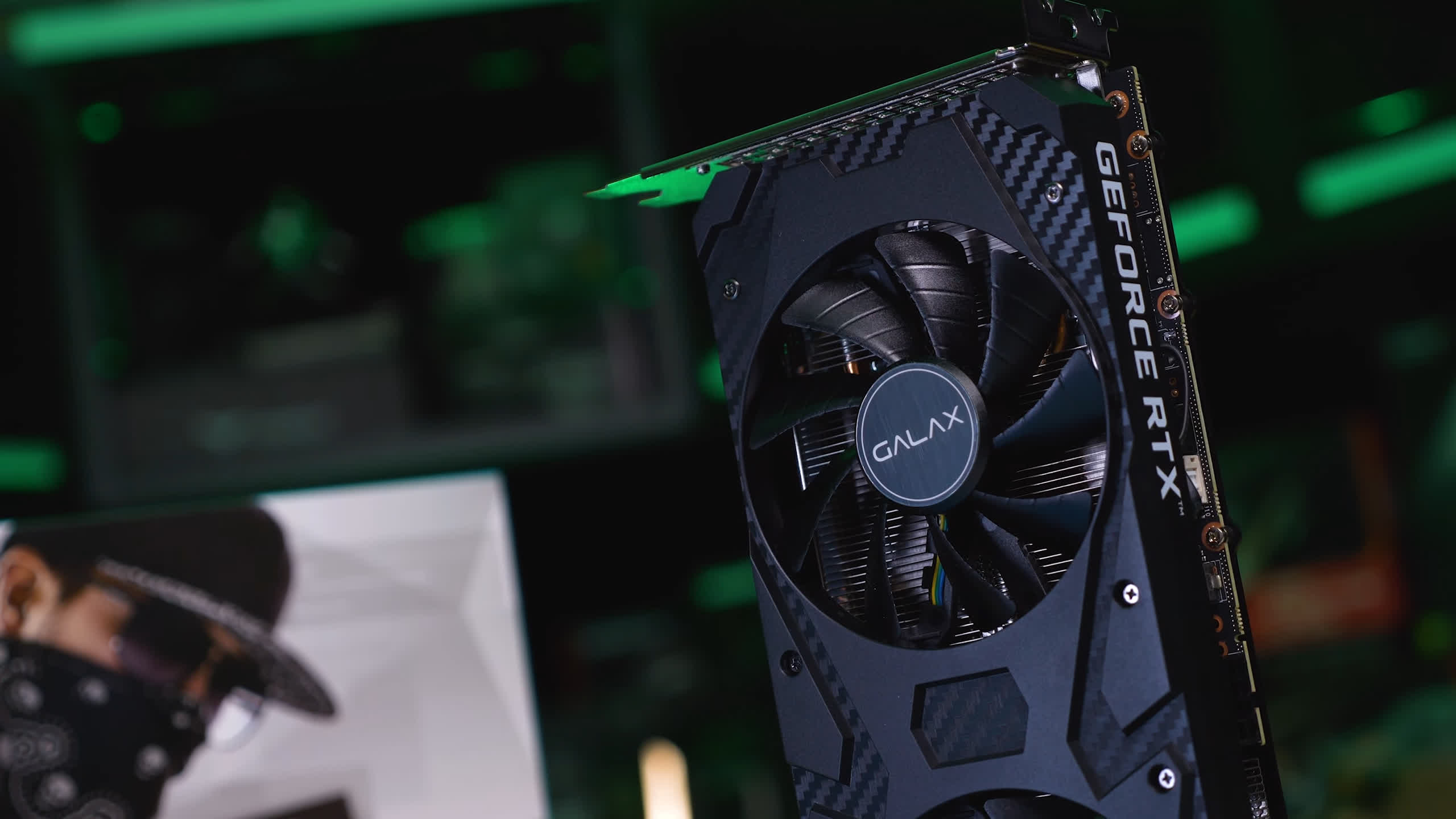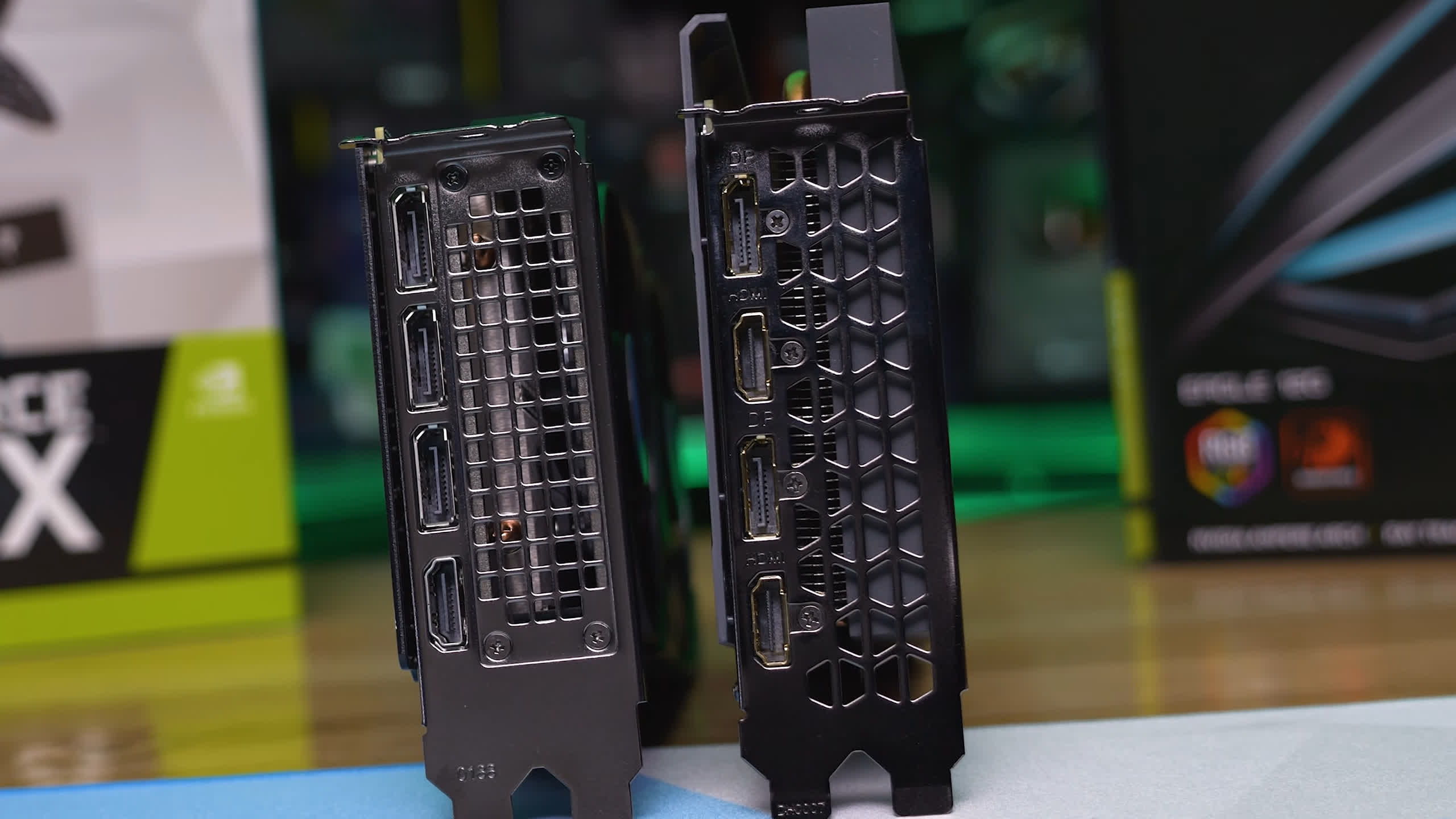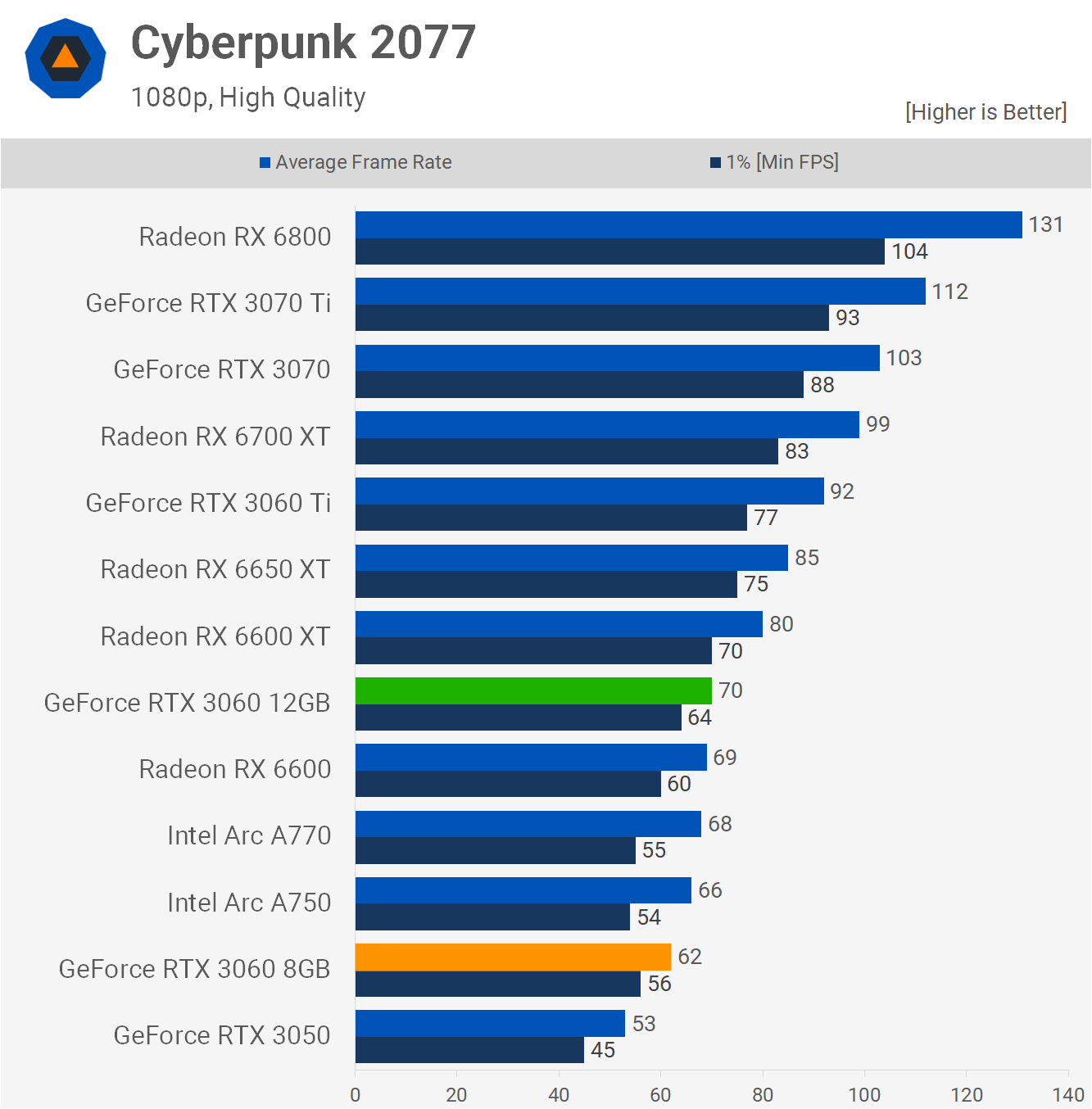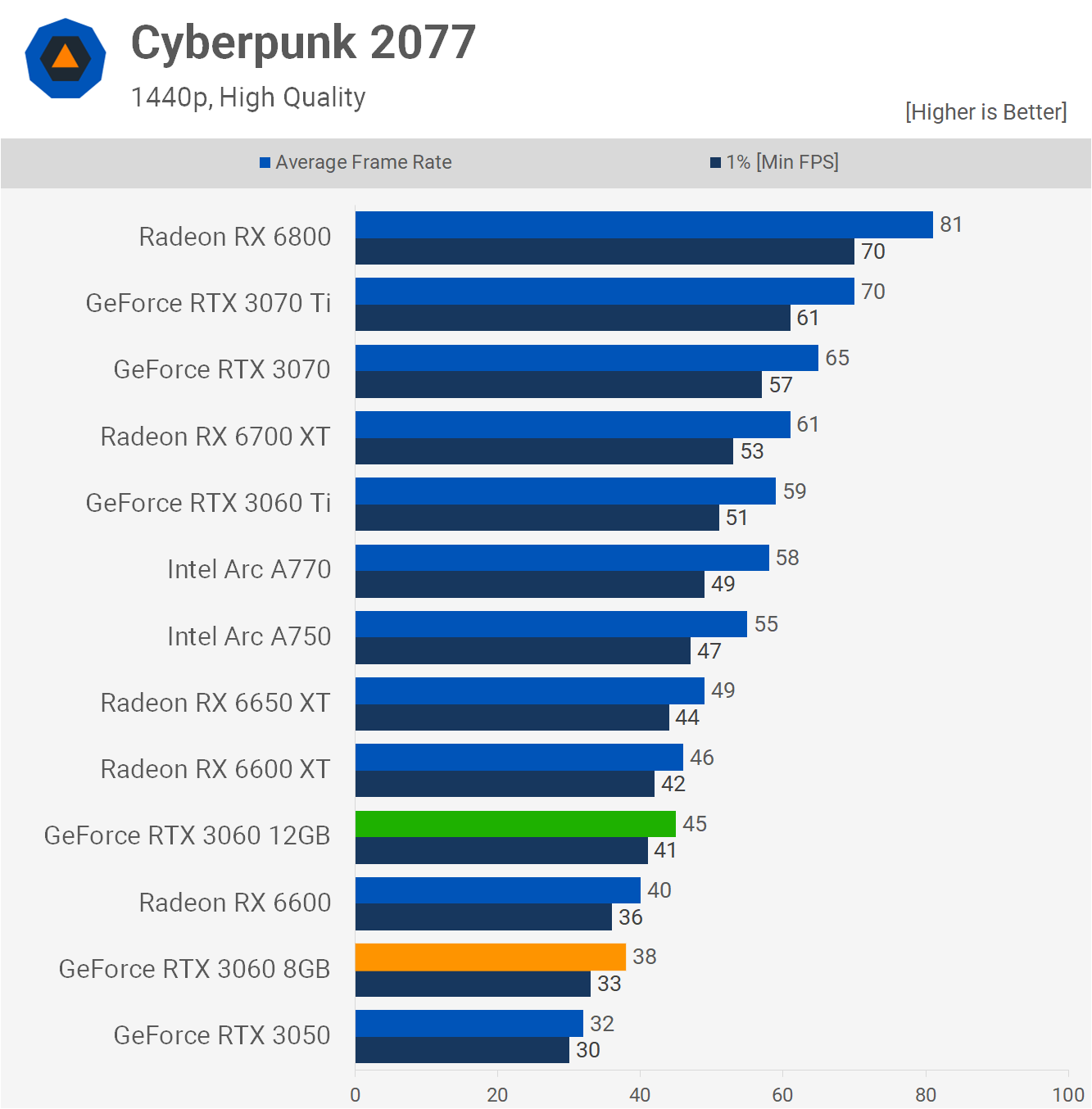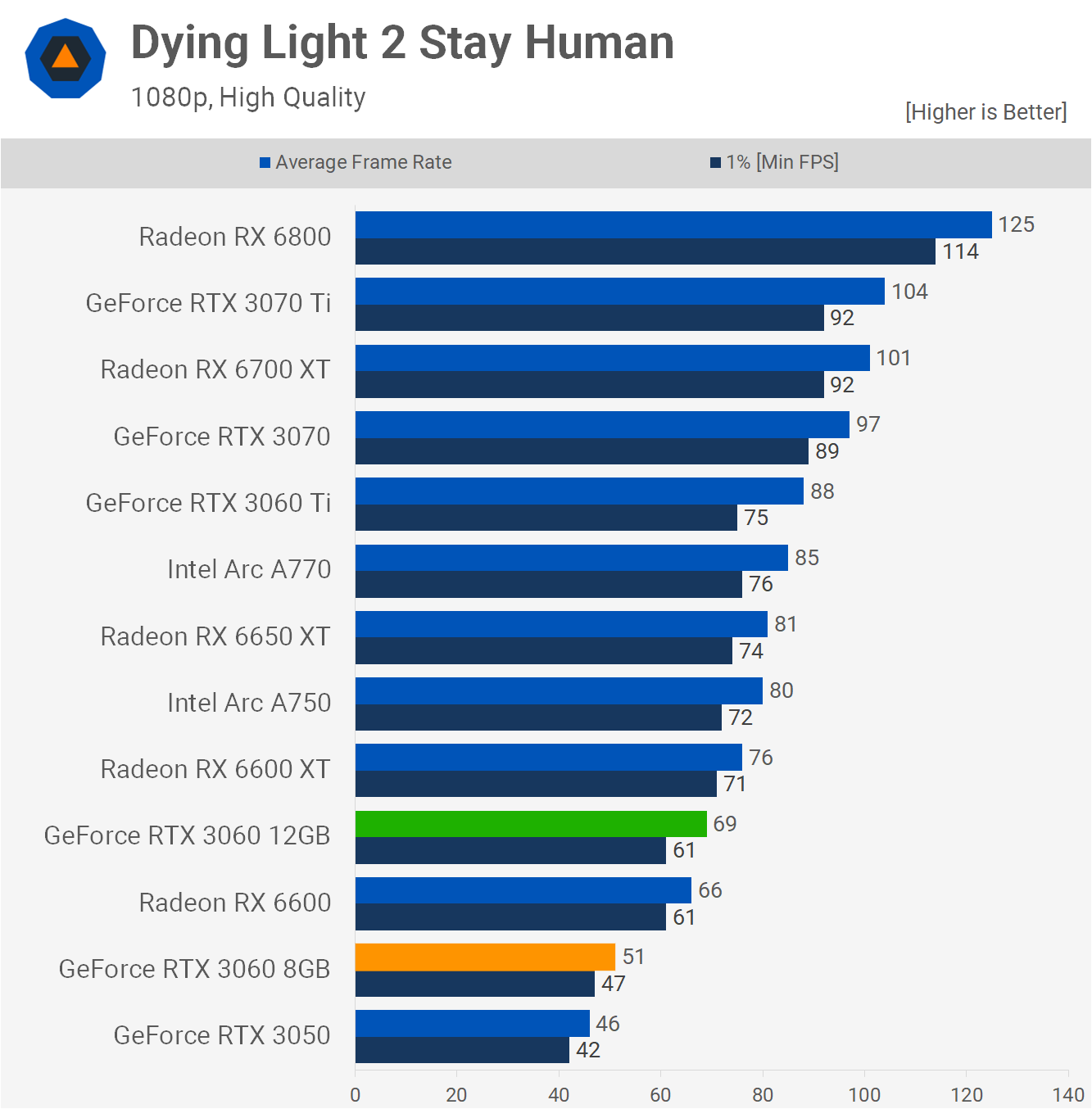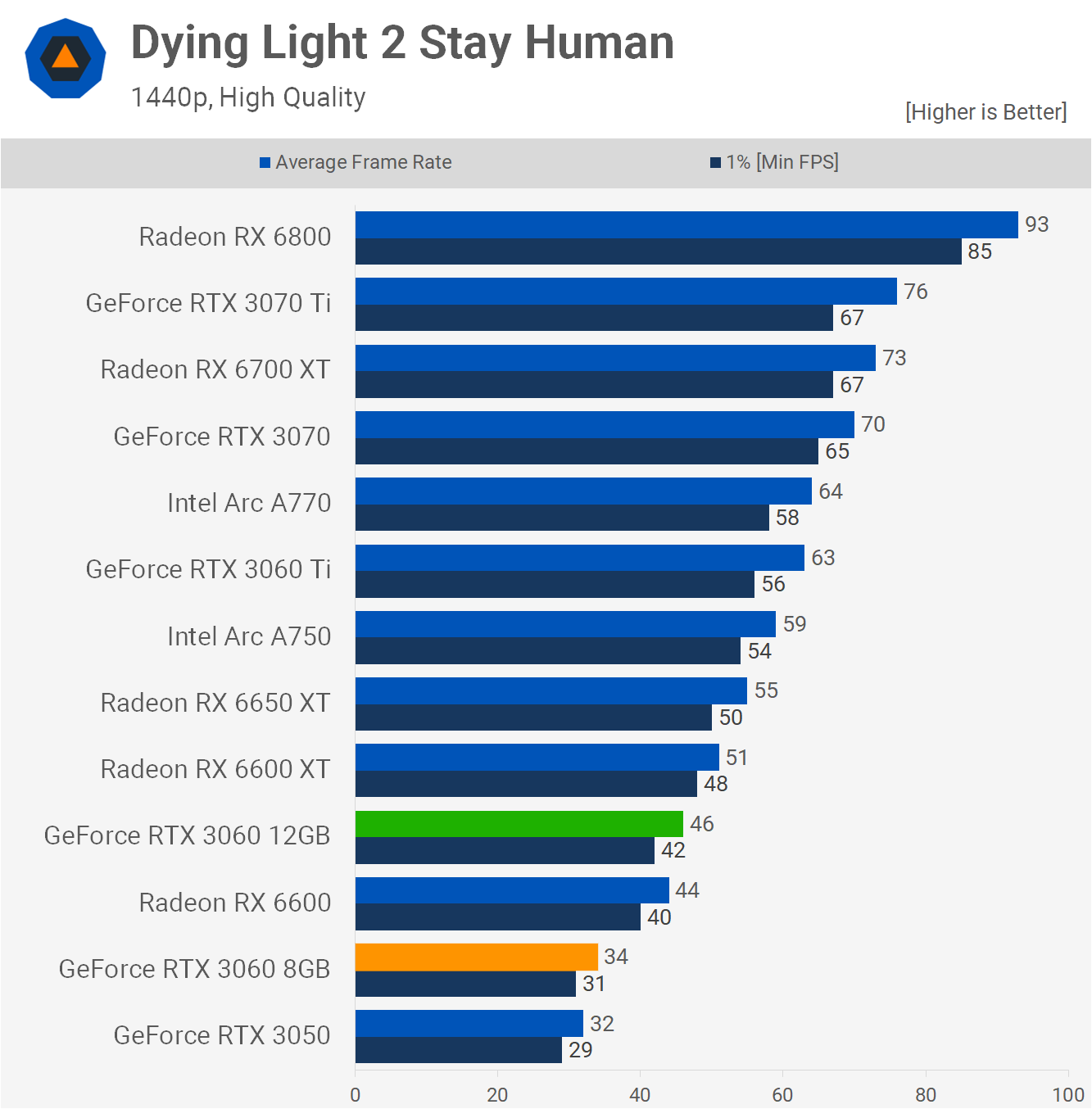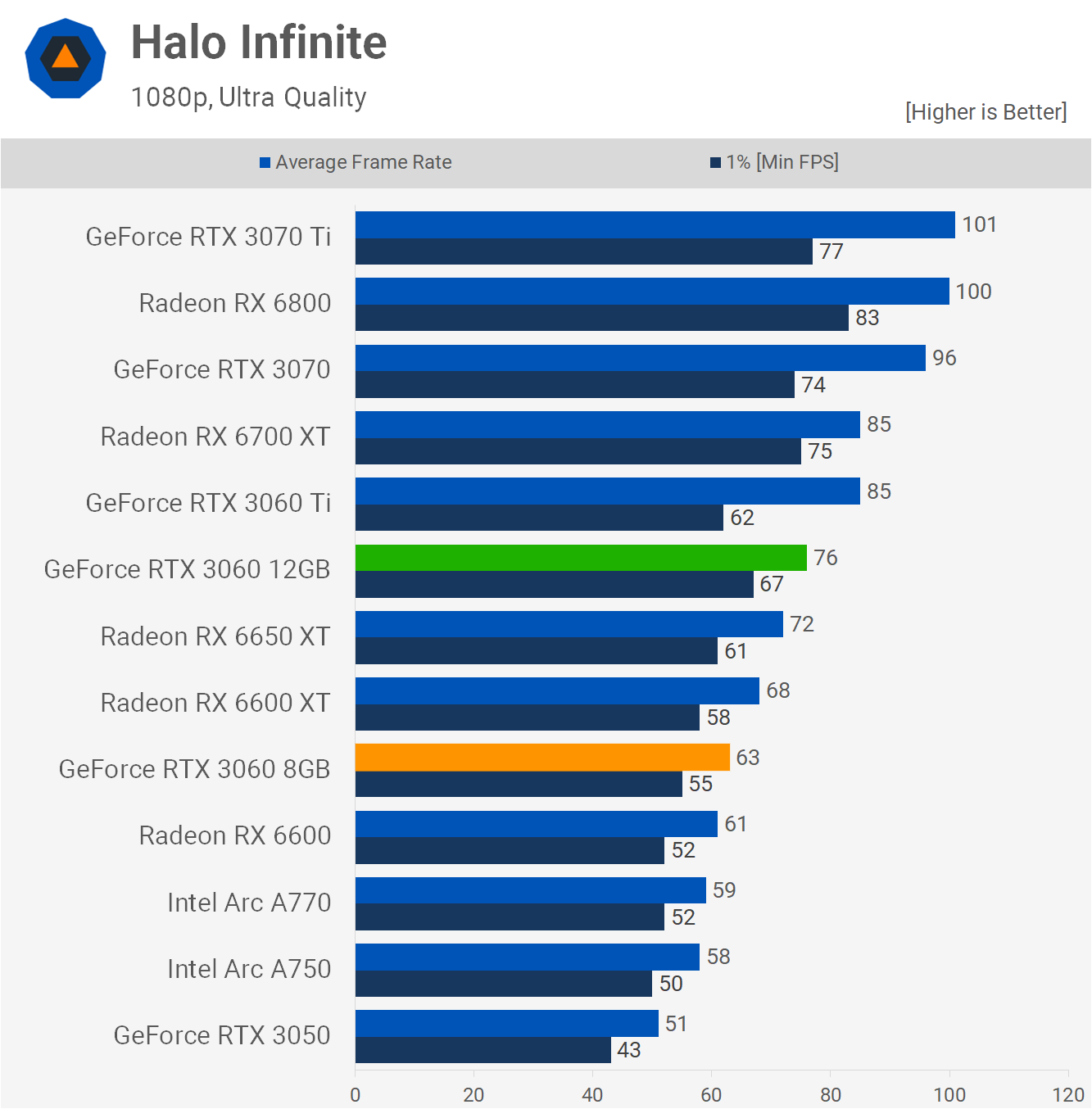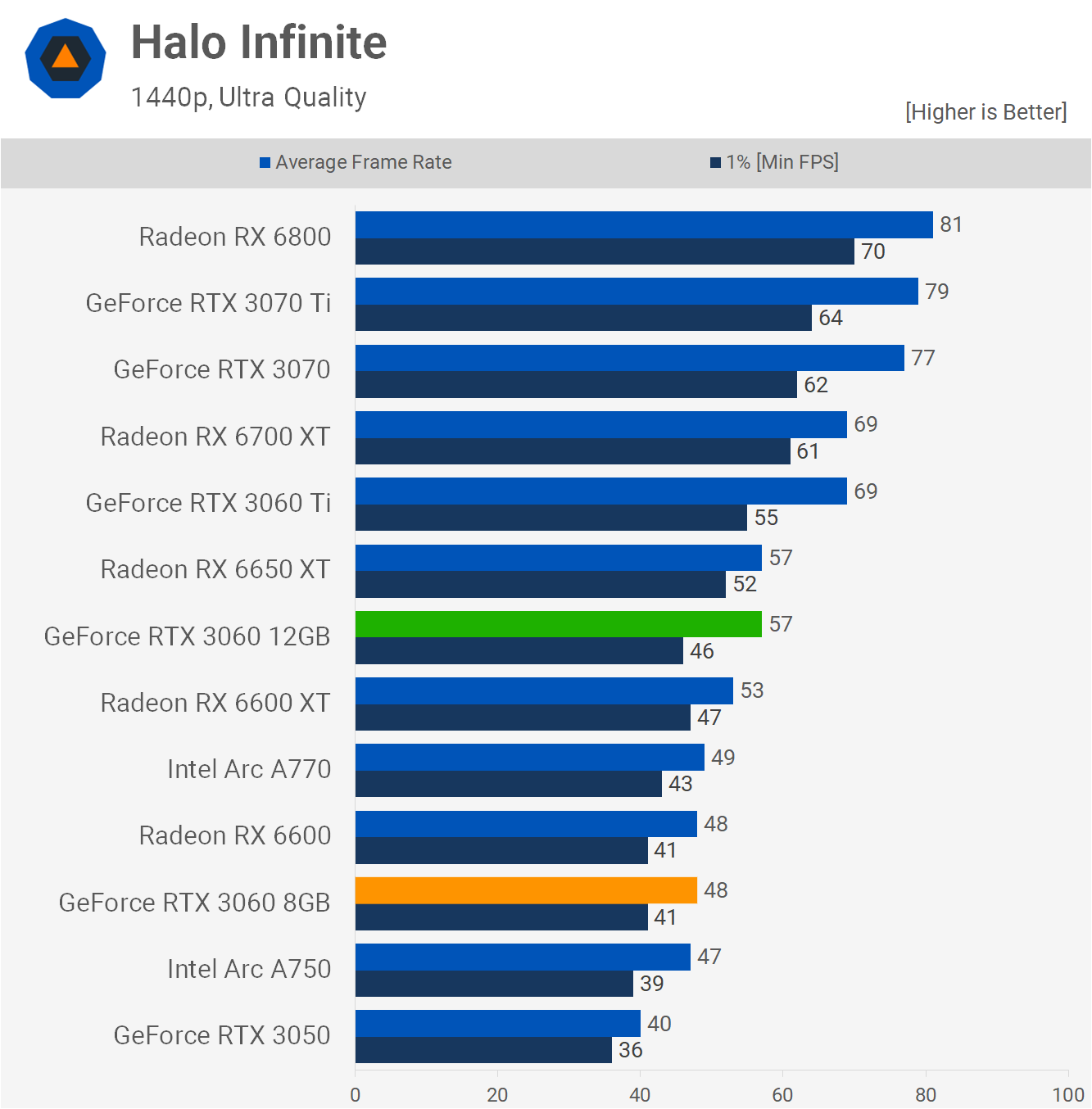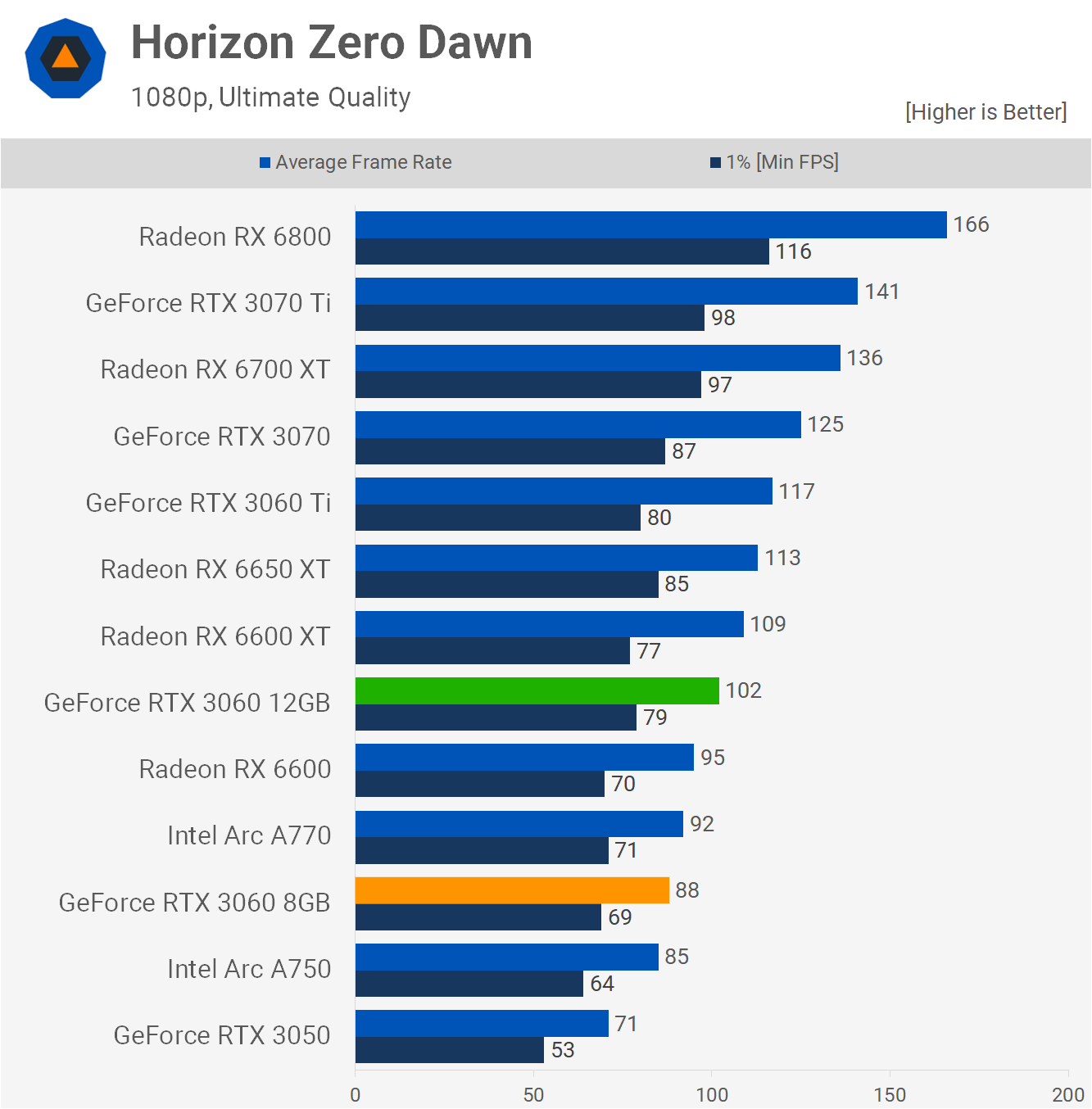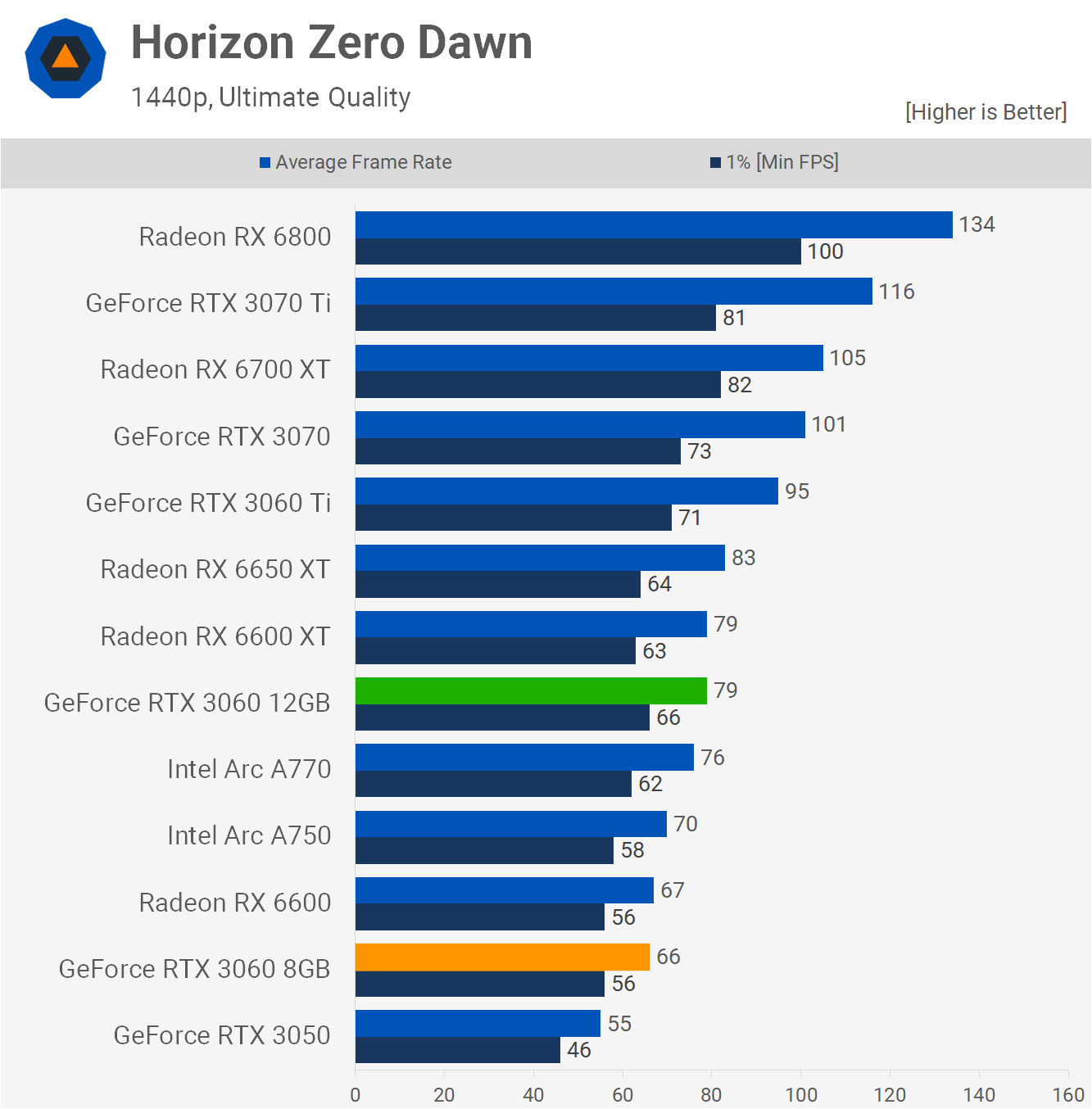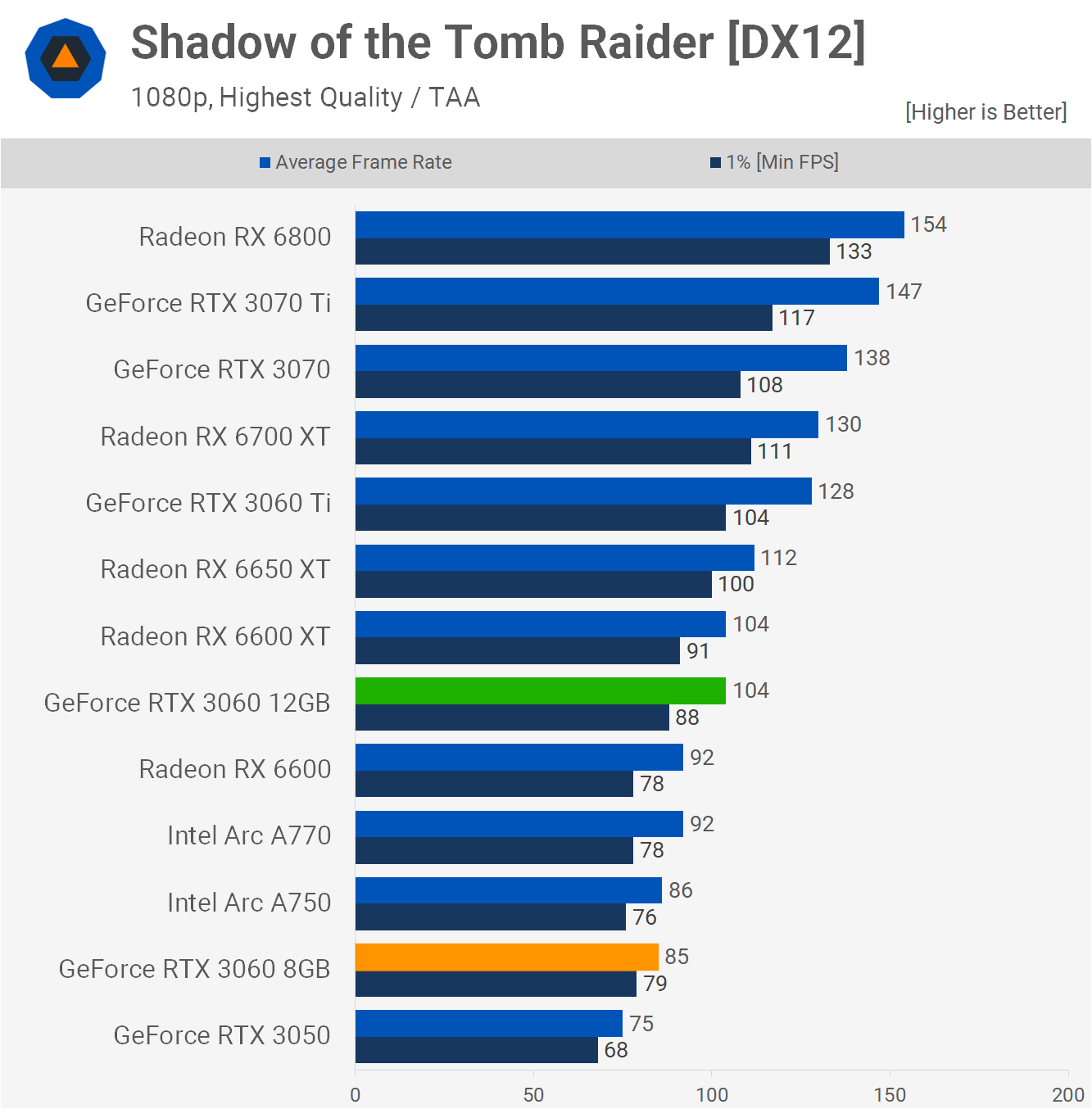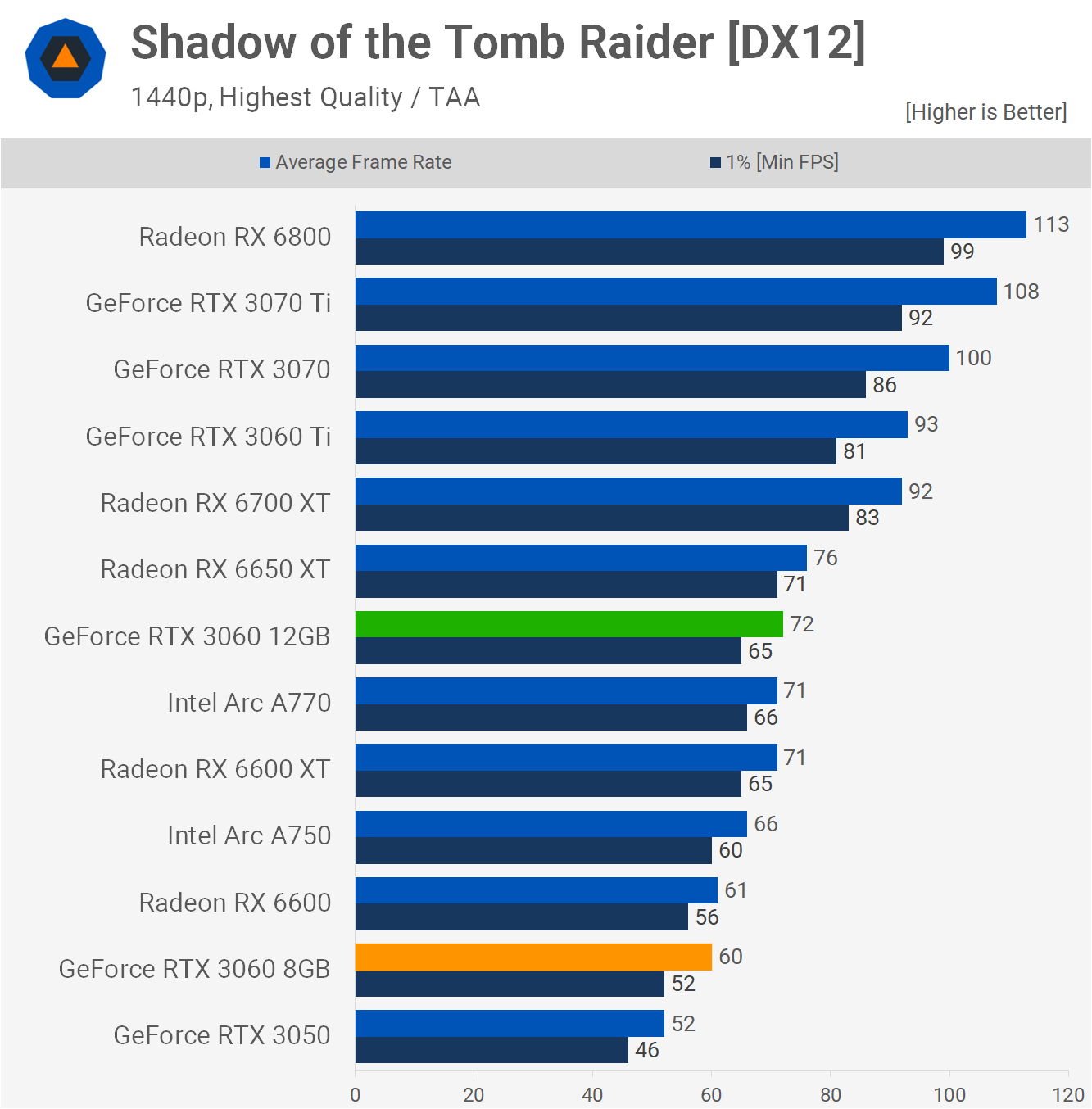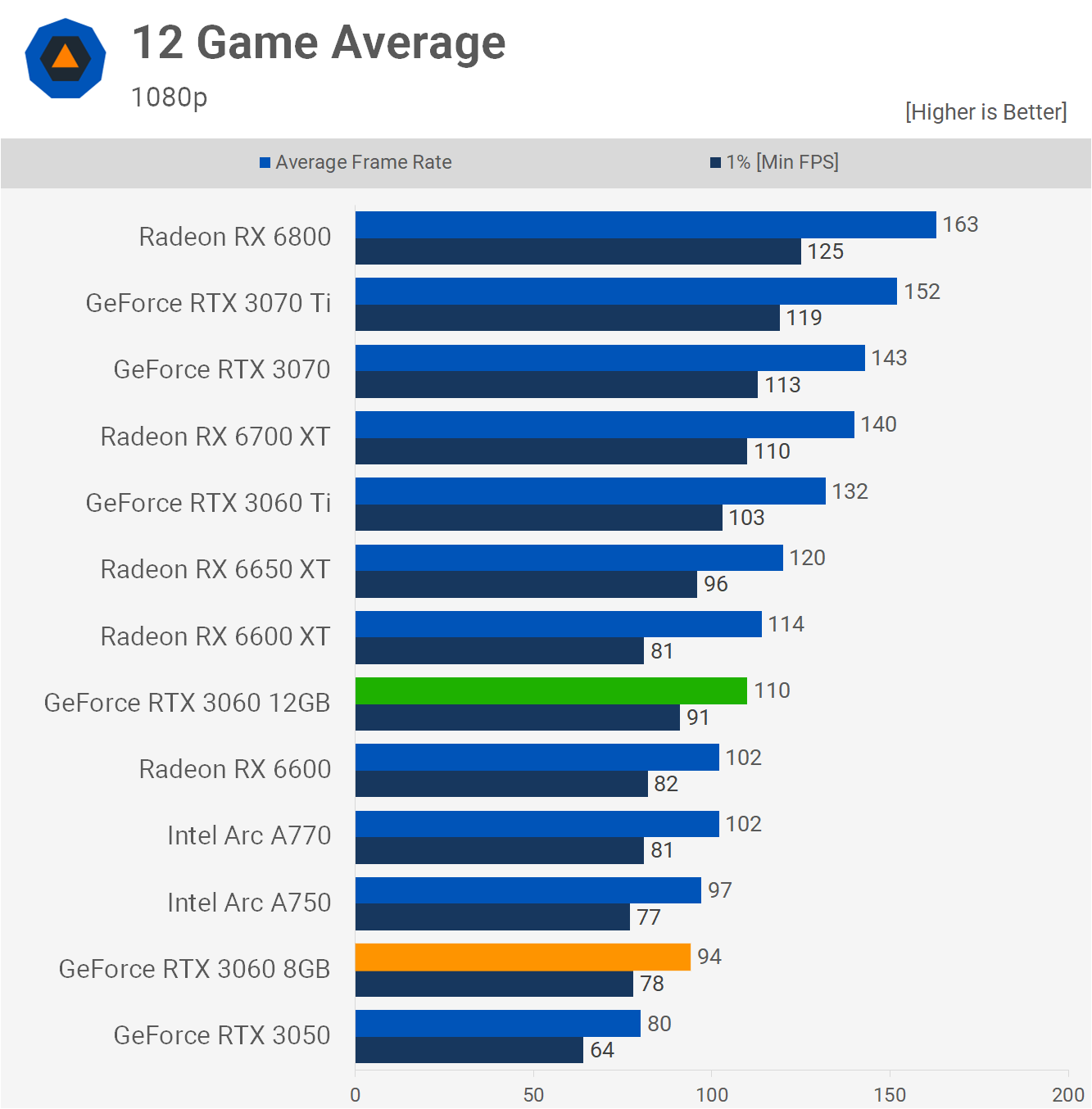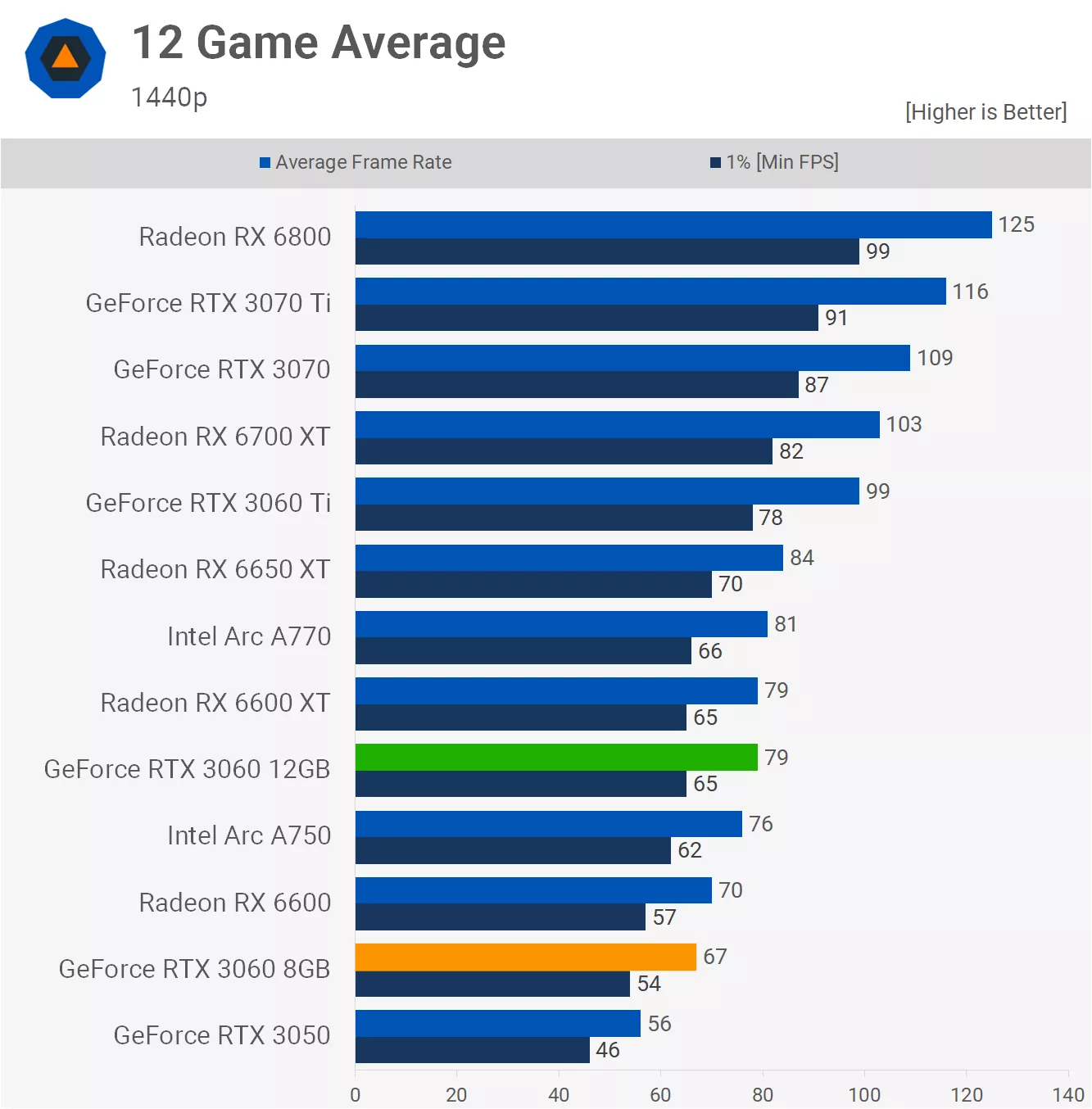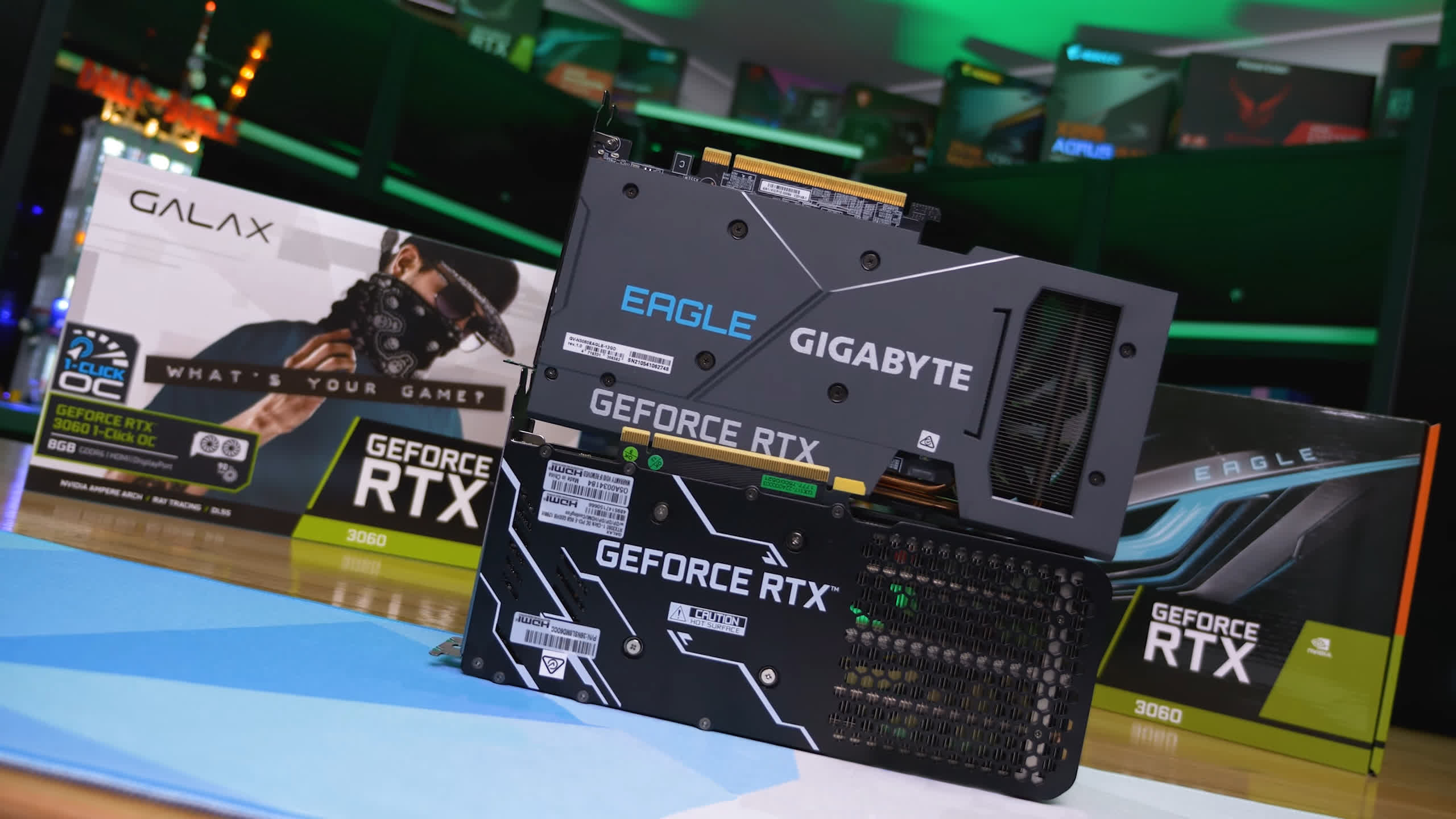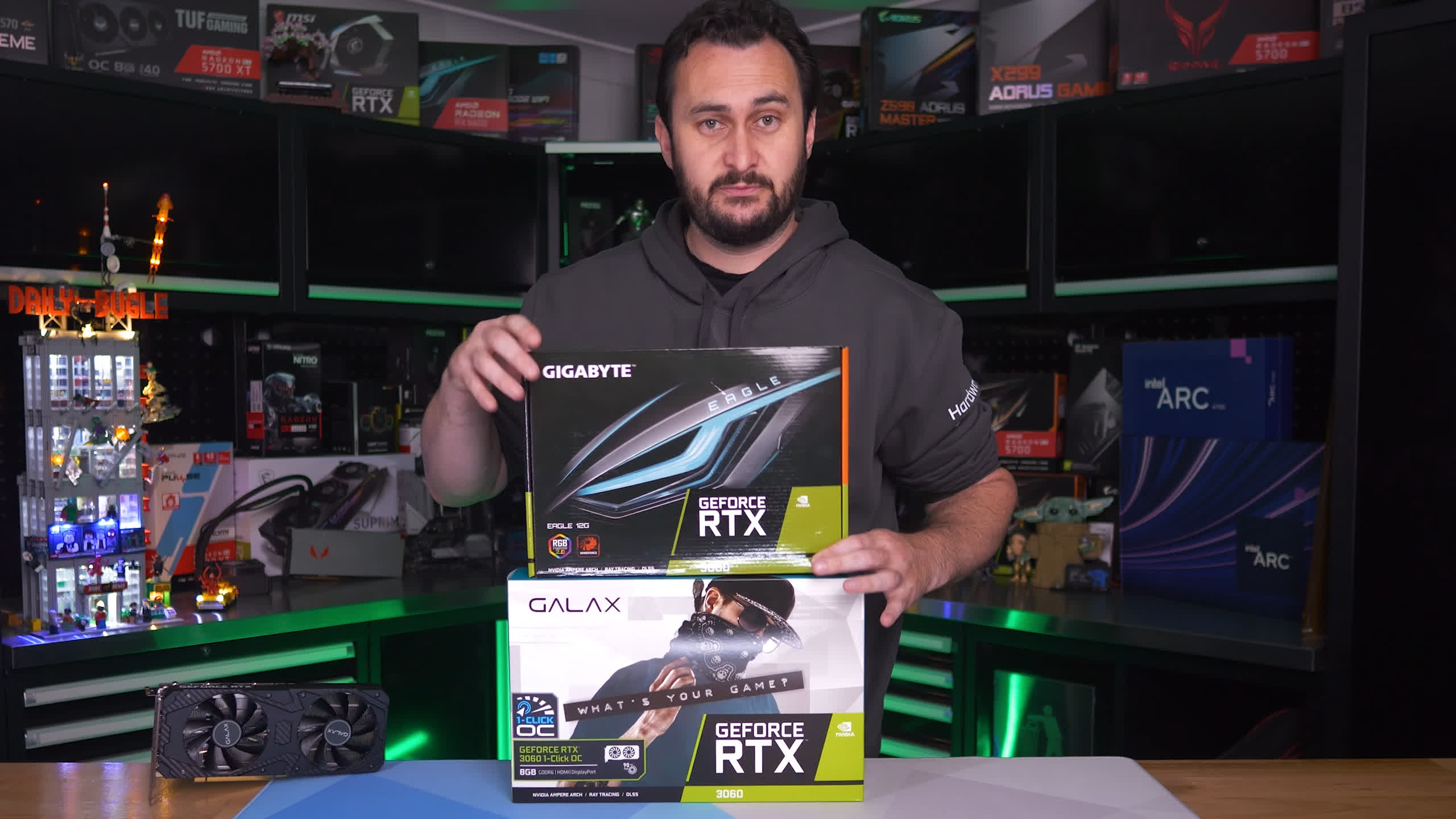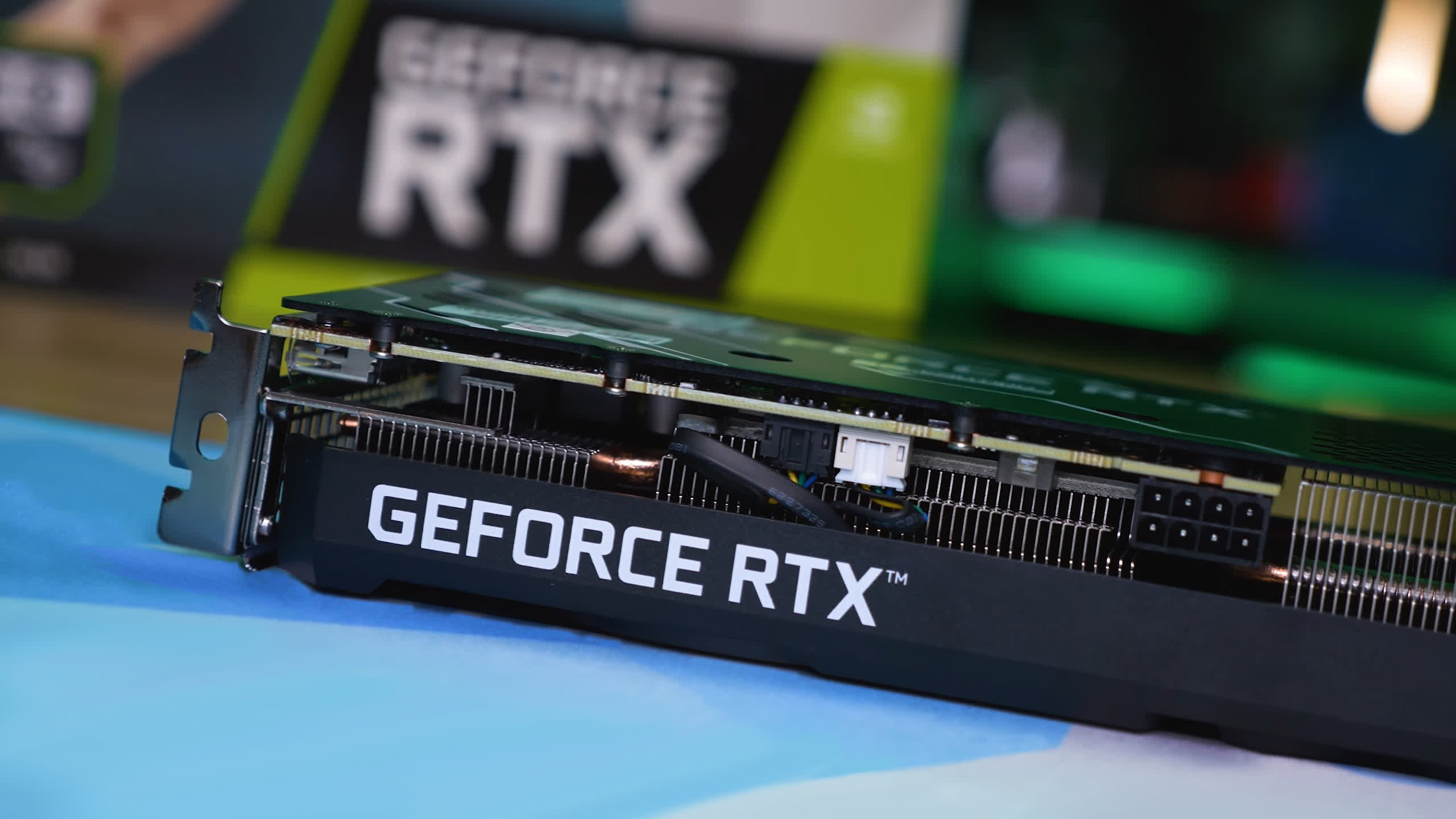Do you remember that time when Nvidia "unlaunched" a product, stating that despite being a fantastic graphics card, it wasn't named right?... "Having two GPUs with the same RTX 4080 designation is confusing." That's right, we're talking about the "unlaunching" of the 12GB RTX 4080 about two months ago.
For those of you not up to speed, when Nvidia announced their latest GeForce 40 series, they did so with three products: the flagship RTX 4090, the RTX 4080 16GB and RTX 4080 12GB. The problem was that the two RTX 4080 variants were very different and those differences were not limited to memory capacity as the naming scheme was hinting.
That's because in order to cut down the memory capacity without using lower density chips, you also need to reduce the memory bus width. Using different silicon that would result in substantially different performance was not a good move, but this sort of dodgy behavior wasn't new. Nvidia had done it before, for example with the DDR4 version of the GeForce GT 1030.
The big mistake was announcing the RTX 4080 12GB and that particular anti-consumer move to the world in the biggest event Nvidia had held in years. Traditionally how they like to handle dodgy product releases is to sneak them out at a later date via a silent launch, meaning far fewer people notice and even fewer seem to care.
Well, this is exactly what they have done with the 8GB variant of the GeForce RTX 3060. Ironically, they launched this product on October 27, just 12 days after unlaunching the 12GB 4080 for having a confusing name.
Although it's true that both the 8GB and 12GB variants of the RTX 3060 are based on the GA106 silicon – so it is technically the same GPU – the changes still go well beyond an adjustment to memory capacity. The memory subsystem of the 8GB model has been drastically reduced, the L2 cache is 50% larger for the 12GB model as is the bus width. All in all, bandwidth is 61% greater in the original RTX 3060 model producing 360 GB/s whereas the "new" 8GB variant has been slashed to just 224 GB/s – the same bandwidth as the RTX 3050.
Ultimately, this means the 8GB RTX 3060 is going to be slower than the 12GB model – and spoiler alert, it's ~15% slower on average – but in some instances we're seeing margins of over 30%, so it's a big enough deal for us to bring it to your attention.
One additional note, Nvidia hasn't made any official adjustments to MSRPs, so the 8GB RTX 3060 still comes in at $330. Looking over at Newegg, we can see that the 12GB RTX 3060 starts at $350, with a number of models available for between $350 and $380. Meanwhile, the most affordable 8GB variant comes from Inno3D and it starts at $385, though there are some Asus models on backorder at $360 and $370. Point is, in terms of pricing, there's no distinguishing between the original 12GB models and these new gimped 8GB versions.
In Australia we bought a Galax model that we purchased for a 10% discount from the original 12GB version, and you might think, "Well that's okay," but it's not. The GeForce RTX 3060 was released almost 2 years ago, everyone is familiar with how it performs, and those that aren't can quickly consult the bevvy of online benchmarks. Meanwhile, this new 8GB model is nowhere to be found as there isn't a review program, it's up to reviewers to purchase the card and inform consumers.
In fact, you might not even know there was an 8GB version or simply assumed the RTX 3060 only came with 8GB of VRAM, just as the 3060 Ti does. The trap here is that unsuspecting consumers could be baited into paying RTX 3060 12GB money, or very near so for a product that's significantly slower.
We asked Nvidia for an official response about why the 8GB version was released and they simply said it was to offer customers more options. They also stated that the 12GB version was going to remain available in parallel. And just to be clear, this is an Nvidia sanctioned product and not their partners going rogue, rather it's possible partners are obligated to produce it.
Nvidia appears to be looking to clear out their inventory of lower-end Ampere GPUs, and are no doubt keen to maximize profits as they do so. This also allows them to sell defective GA106 silicon for far more than they would get selling it as an RTX 3050.
Our issue is of course that we now have two products called "GeForce RTX 3060" and they don't deliver the same level of performance and in many instances it's not even close. And we're not talking about memory bound testing – as in exceeding the 8GB VRAM buffer – we're talking about performance when remaining well within the 8GB buffer.
So let's take a look at that, we'll go over a few games and then show you a 12 game average. For collecting these results we used fresh data with both 12GB and 8GB RTX 3060 cards using the latest display drivers. Other GPUs are included for comparison purposes.
Benchmarks
Starting with Cyberpunk 2077, we find that the 12GB model is 13% faster at 1080p when compared to the new 8GB model, not a massive difference but it's certainly noteworthy.
That margin grows to 18% at 1440p and now we're looking a two different tiers of performance and a noticeably better gaming experience with the original 12GB model.
Moving on to Dying Light 2, here we have a game that is clearly memory heavy and as such the 8GB model limits the performance of the RTX 3060 GPU.
The original card was a massive 35% faster at 1080p, that's a tremendous performance difference for two products sharing the same name, and it's the same story at 1440p. In fact, here we go from a very console-like 34fps with the 8GB version to a much smoother 46 fps using the original 3060.
Halo Infinite sees the 12GB model offering 21% greater performance at 1080p, going from 63 fps to 76 fps, another big performance difference for two products that share the same name. The margin remains similar at 1440p, where the original 12GB 3060 was 19% faster.
Horizon Zero Dawn sees a smaller 16% performance improvement for the 12GB model over the new 8GB version, though that margin did grow to 20% at 1440p.
Both results are bad as a double-digit change in performance is unacceptable, especially given the difference in memory capacity plays no role here.
We're also looking at 22% greater performance for the 12GB variant in Shadow of the Tomb Raider, as the new 8GB model drops performance to 85 fps. The margin is similar at 1440p, where the 12GB version is 20% faster, rendering an additional 12 fps.
Performance Summary
That's enough with the individual game results, you can easily get the idea. On average you can expect 17% better performance with the 12GB model at 1080p, but as we saw that margin can be as high as 35%...
It's a similar story at 1440p, when working within the 8GB buffer the 12GB model was still on average 18% faster as it enjoys significantly more memory bandwidth.
What We Learned
The new 8GB version of the GeForce RTX 3060 is noticeably slower than the original, and in a number of instances was significantly slower in our testing. In our opinion this is a horrible anti-consumer move by Nvidia, it serves little more than to line their pockets while misleading and potentially ripping off customers.
It's true that pricing could be improved, at which point it might not be bad in terms of value. After all, let's say Nvidia drops the price relative to the 12GB version by 20%, or even 30%, then the 8GB RTX 3060 would start looking pretty great in terms of value, at least compared to Nvidia's own product stack.
We would agree with that assessment had it been called, let's say the "GeForce RTX 3060 LE 8GB" something that makes it clear to prospective buyers this isn't your typical RTX 3060. In that case, we wouldn't really have a problem with this cut-down model and while we'd still prefer a name change entirely, we could at least accept a more honest attempt at making it clear to buyers that this is a different version.
To demonstrate just how difficult it is for the uninitiated to even tell which model they're buying, or that there is even a different model, here's the box for our original RTX 3060 and the new 8GB box...
Those operating under the assumption that an RTX 3060 is an RTX 3060 might see an 8GB model selling for a reasonable discount and think they've stumbled upon a bargain, snap it up, only to realize their bargain is quite a bit slower than it would have been otherwise. And for those none the wiser it just means you could have done better, and possibly gone further between upgrades.
Unfortunately this sort of behavior will continue unless Nvidia faces enough backlash from consumers and the enthusiast community. We're always going to fight against this sort of anti-consumer behavior from corporations, whether it be Nvidia, AMD, Intel, LG, Samsung, MSI, Asus and so on, many of these companies we've taken to task in the past, and we'll continue to do so.
Rest assured, if AMD was to pull a similar stunt we'd go after them just as hard, much like when we dedicated several articles to call them out over the plans to axe Zen 3 support for 300 and 400 series motherboards. We were having none of their excuses, we didn't buy into the technical reasons for why they had to end support. Put simply, they misled consumers, we went after them, and they corrected course, and this was made possible thanks to strong push back from the community.
We don't expect to see the same thing happen here with Nvidia, but we've done our bit, you've now been made aware of what the 8GB RTX 3060 is, and you know to avoid it at current asking prices.
